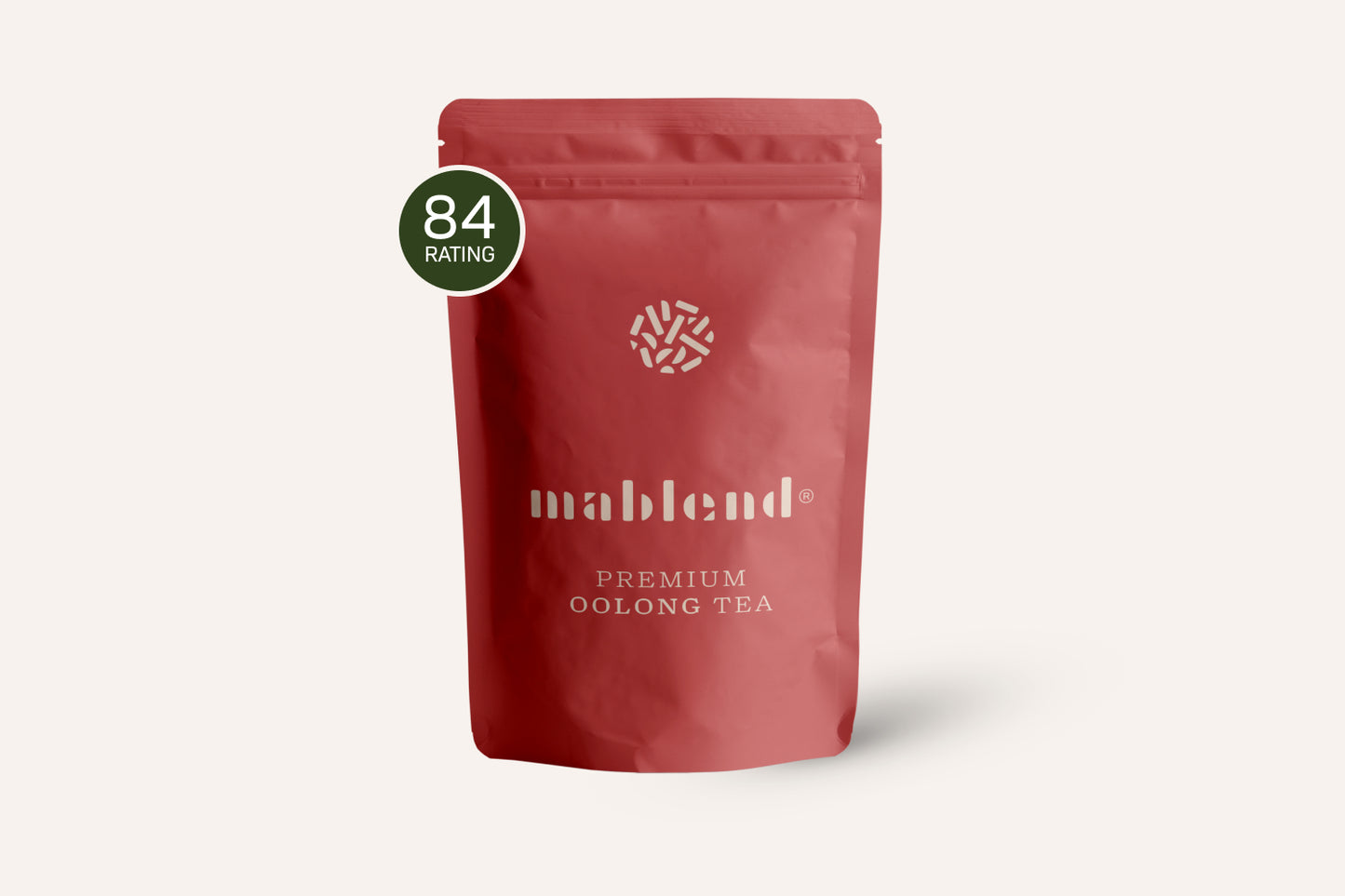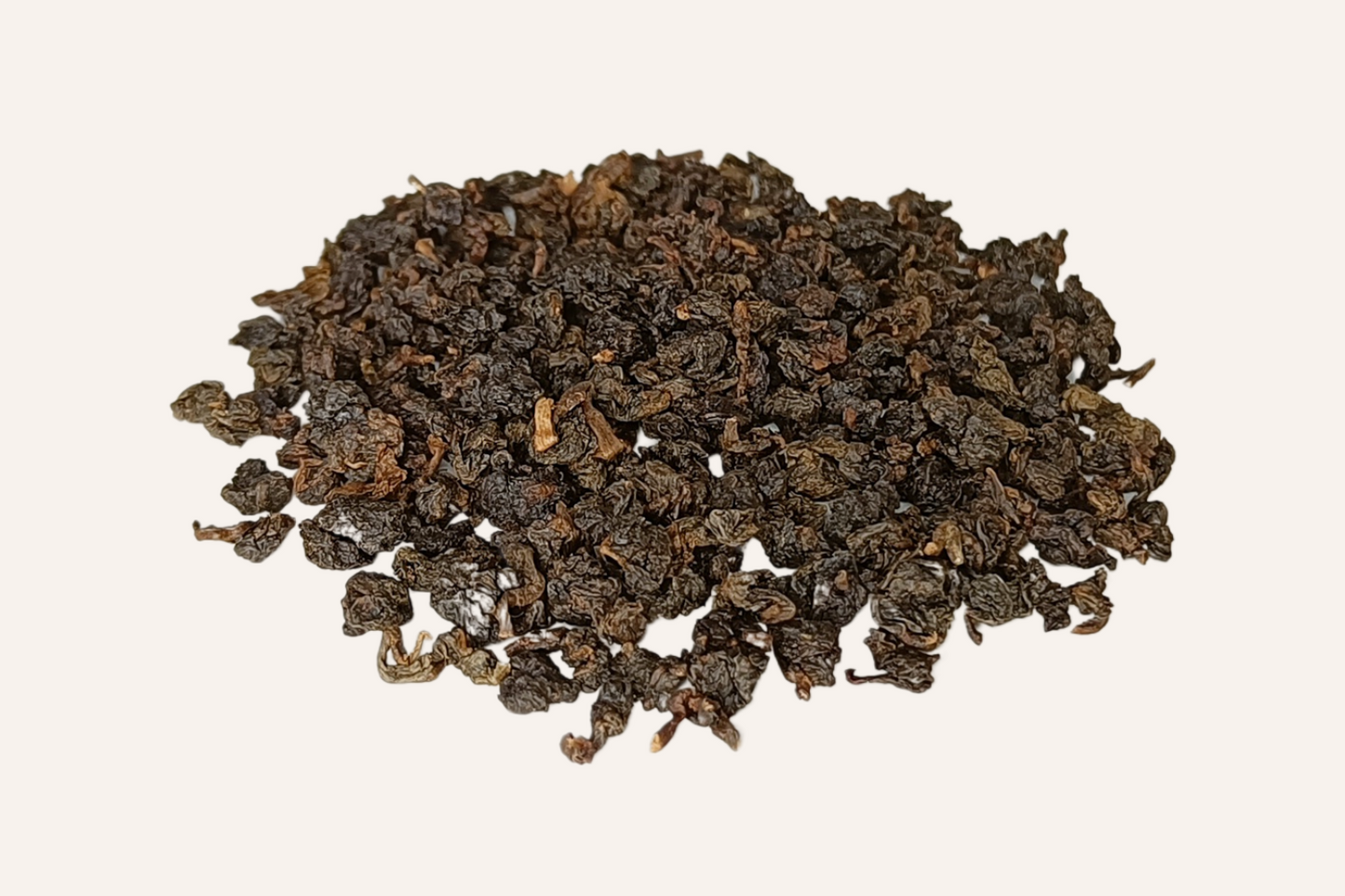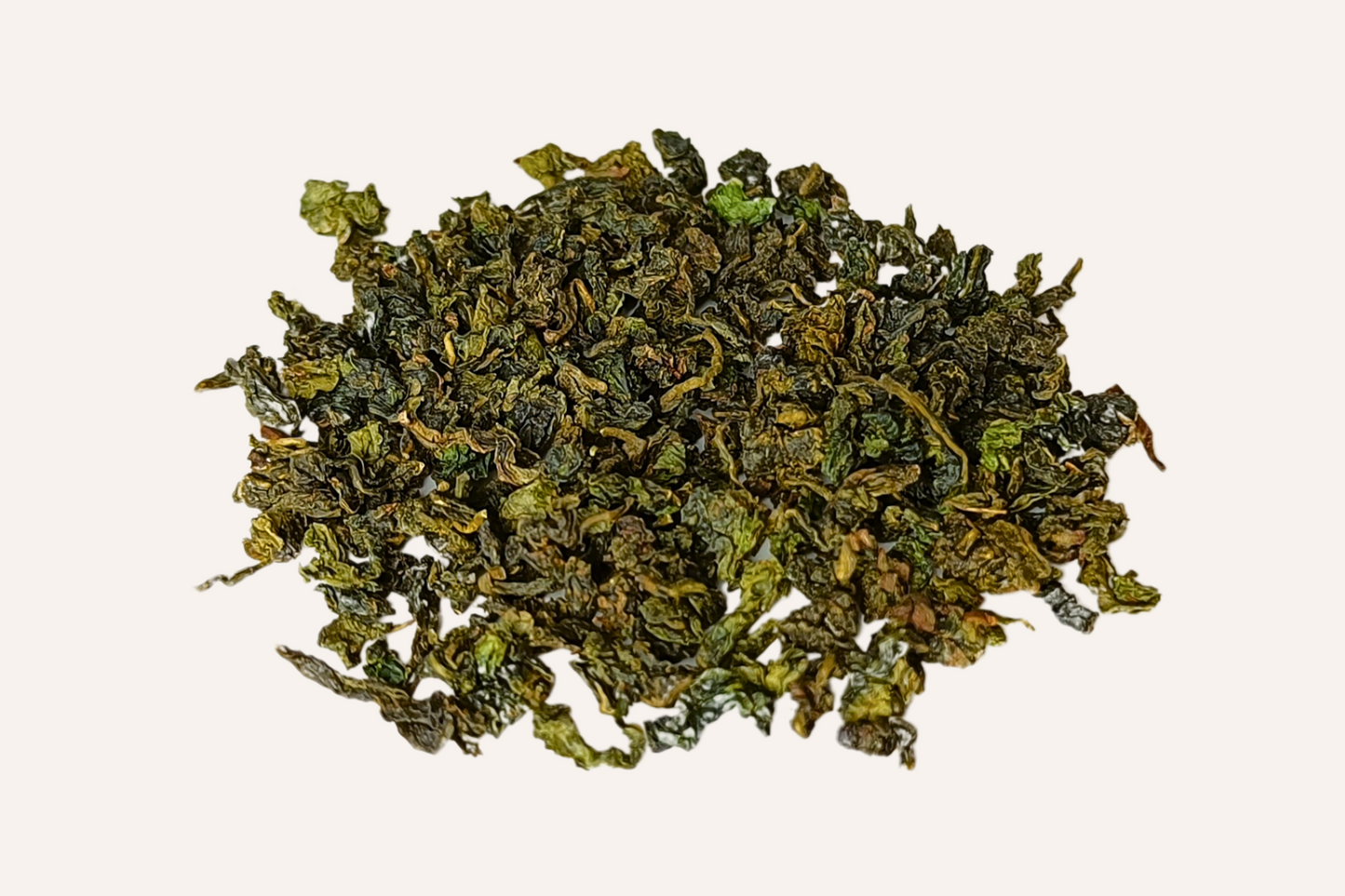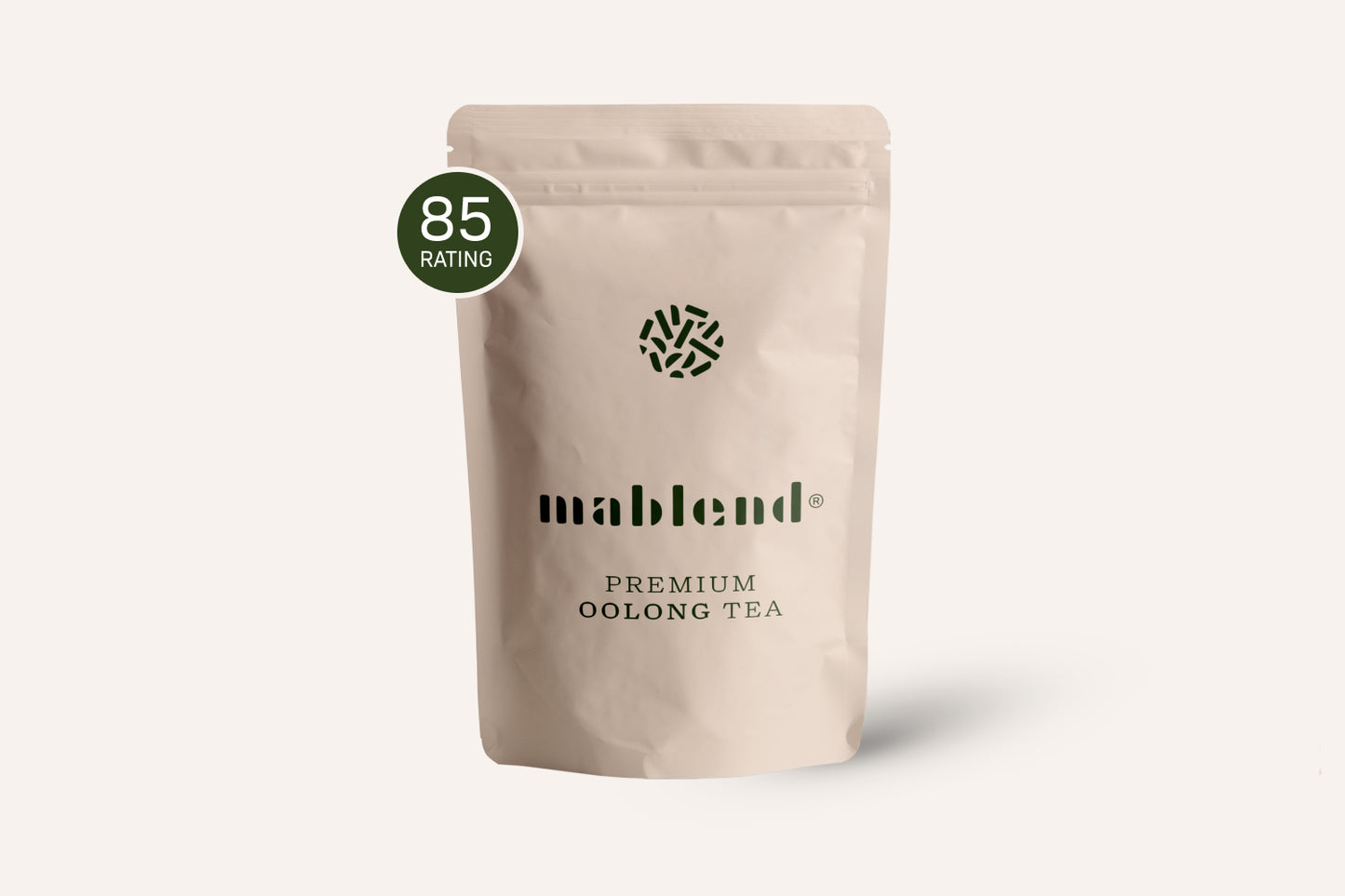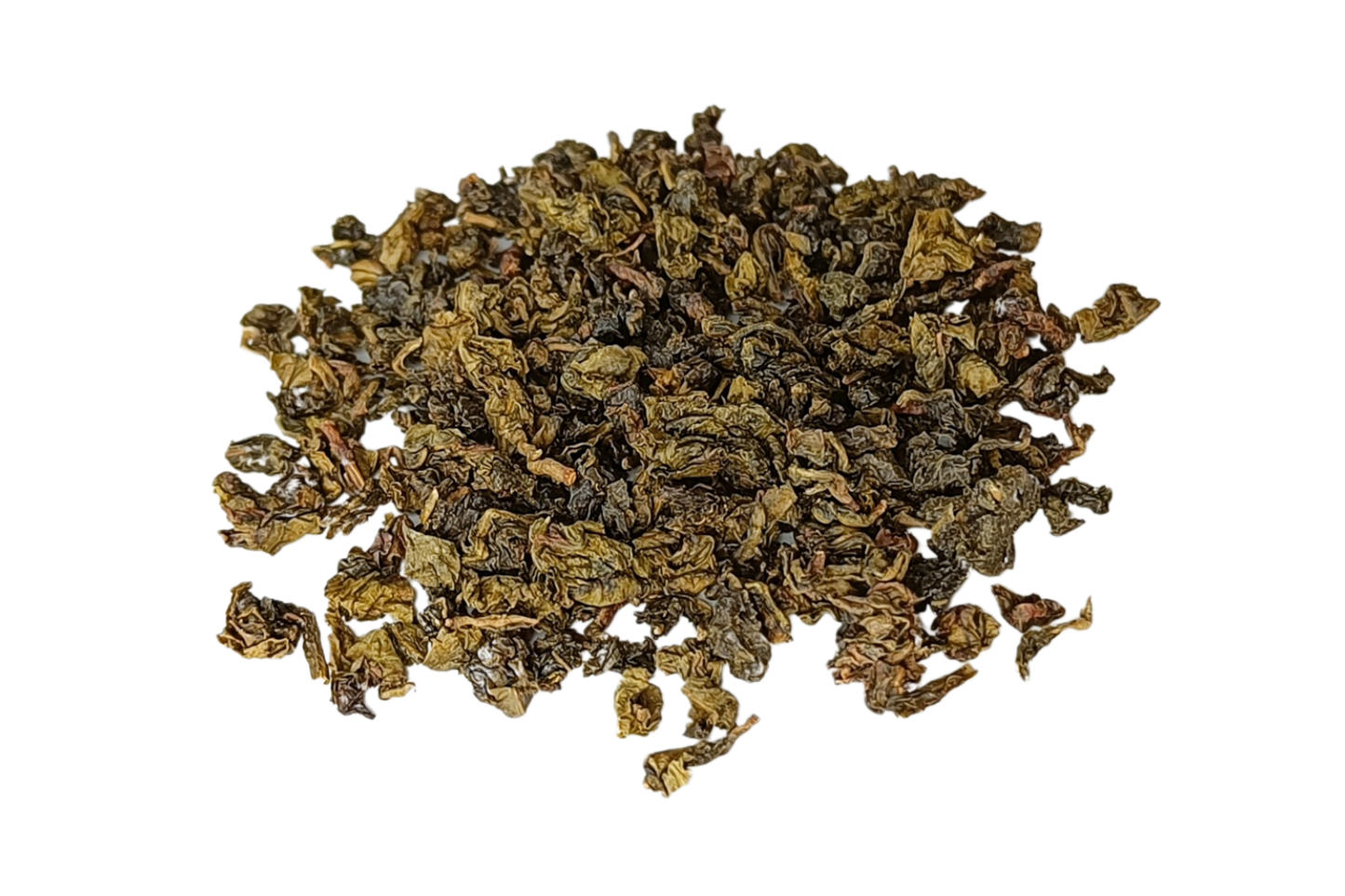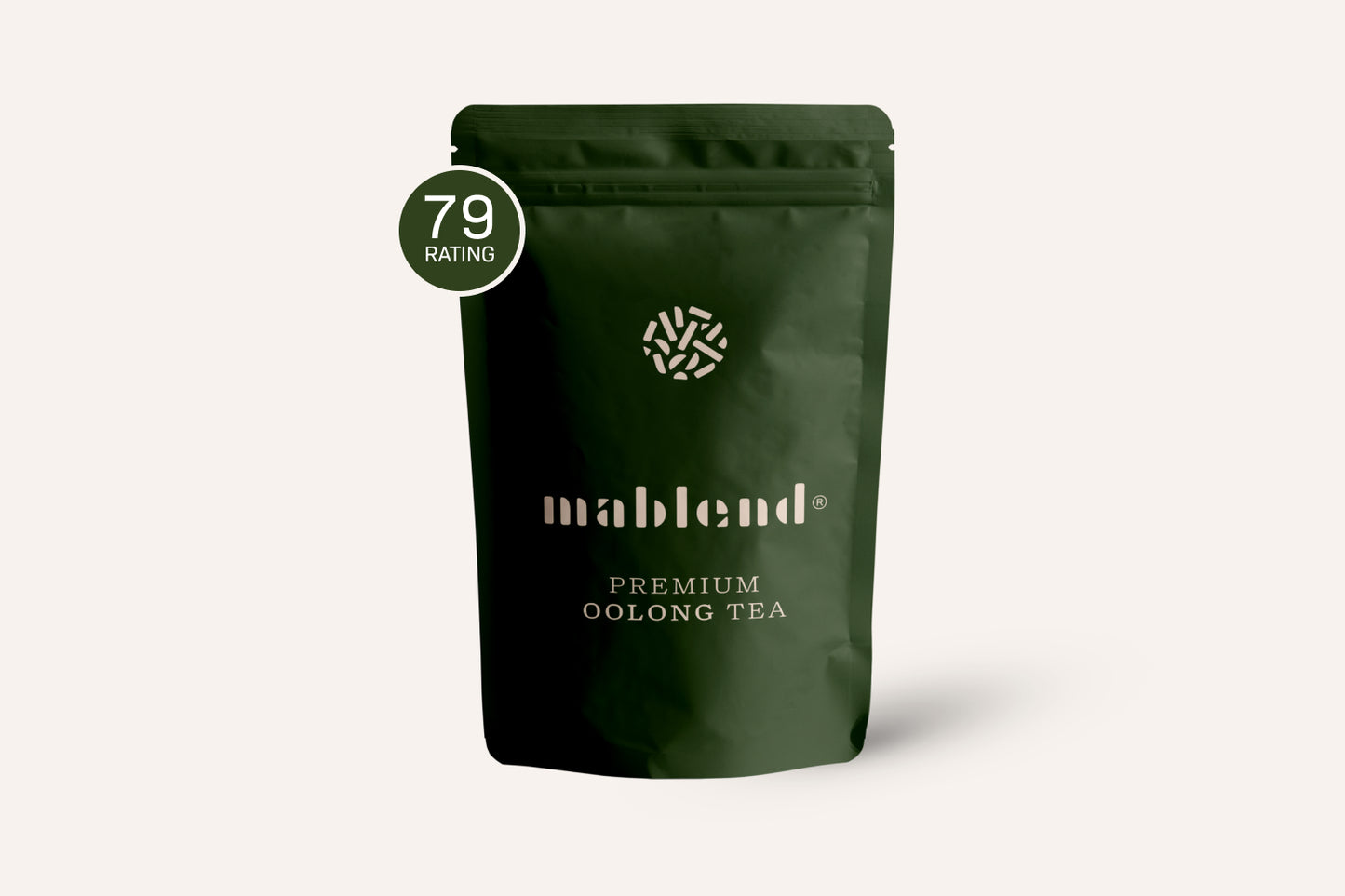Tea is not just a drink; it is an experience, a ritual and an art.
The Essence of Tea Making
Making an excellent cup of tea goes beyond simply steeping a tea bag in hot water. It's about understanding the delicate balance between the tea leaves, water and time. The quality of the tea ultimately depends on the maker. Although we can provide you with high-quality tea leaves, the responsibility for the end result rests with you.
This can all seem a bit intimidating, but after this guide you will be an expert in tea making!
The Three Most Important Factors In Tea Making
1. Water temperature

Importance : The temperature of the water determines how the flavors and aromas are extracted from the tea leaves. Different teas require different temperatures to achieve their optimal taste.
Details
- Black tea : This tea usually needs boiling water, around 100°C.
- Green tea : Ideally between 70°C and 80°C. Water that is too hot can make the tea bitter.
- White tea : Requires a temperature between 85°C and 90°C.
- Oolong tea : Is in between black and green tea, usually around 85°C-95°C.
- Herbal teas : Most herbal teas require boiling water, but it's always good to follow the recommendations on the package.
Tips : If you don't have a thermometer, bring the water to a boil and then let it cool for a few minutes to the desired temperature.
2. Pull duration

Importance : The duration of steeping determines the strength and aroma of the tea. Steeping too long can result in a bitter taste, while steeping too short can result in a bland tea.
Details
- Black tea : 3-5 minutes.
- Green tea : 1-3 minutes.
- White tea : 4-5 minutes.
- Oolong tea : 3-5 minutes.
- Herbal tea : 5-7 minutes.
Tips : Start with the shortest pulling time and add more time if necessary.
3. Tea leaf quality and quantity

Importance : The quality of the tea leaves and the amount you use directly affect the taste and strength of your tea.
Details :
Quality : Fresh, high-quality tea leaves give a richer taste and aroma. It is best to use loose tea leaves rather than tea bags as loose leaves have more room to unfold and release their flavours.
Quantity : A general rule is to use 1 teaspoon of loose leaf tea for every cup of water. But this can vary depending on personal preference and the type of tea.
Tips & Warnings Store tea leaves in a cool, dry place and in an airtight container to preserve their freshness.
The Purpose of Tea Infusion

The ultimate goal in brewing tea is to achieve a balanced, rounded, yet flavorful cup. This means a rich taste with a good balance between the different taste profiles. It is important to maintain a balance between the three main flavor compounds in tea:
- Polyphenols (mainly catechins)
- L-theanine
- Caffeine
Higher quality teas
I recommend using higher quality teas. These can be brewed with higher water temperatures and longer steep times. High quality is more forgivable, which means that you can make a mistake without the taste deteriorating.
High quality teas provide a rich taste without disturbing the balance between tea catechins (TC) and amino acids (AA). My goal is to help you get a well-balanced cup of tea with lots of flavor, but without it becoming too bitter.
Less Oxidized Teas
I often explain that the oxidation process of tea influences the final flavor profiles of different teas. The more the catechins in the tea are oxidized, the less catechins remain in the tea leaves.
For example, green tea is less oxidized and has more catechins, while mature pu'erh is highly oxidized and has almost no catechins. Therefore, I recommend adjusting the water temperature based on the oxidation level of the tea.
Infusion styles with extended steep time
I note that tea cups, which are used for drinking tea on the go, require special consideration. Since the tea leaves in the cups continue to steep without being removed, it is essential to adjust the water temperature and amount of tea leaves to maintain a balanced taste.
Improvisation with the 3 tools  I always emphasize the importance of adapting and improvising based on the situation. For example, if you go camping and have limited water temperature, you can adjust the amount of tea and steep time. The main thing is to be flexible and adapt to different scenarios.
I always emphasize the importance of adapting and improvising based on the situation. For example, if you go camping and have limited water temperature, you can adjust the amount of tea and steep time. The main thing is to be flexible and adapt to different scenarios.
Personal preference
Everyone has a unique sensitivity to flavors in tea, influenced by genetics and environmental factors. That's why I often say that experienced tea drinkers may have a higher tolerance for bitterness and astringency compared to newbies. It's important to be open to individual preferences and adjust your tea preparation accordingly.
Conclusion
I want to emphasize that there is no one-size-fits-all approach to making tea. Different teas, cultures and individual preferences play an important role in creating the perfect cup of tea.

